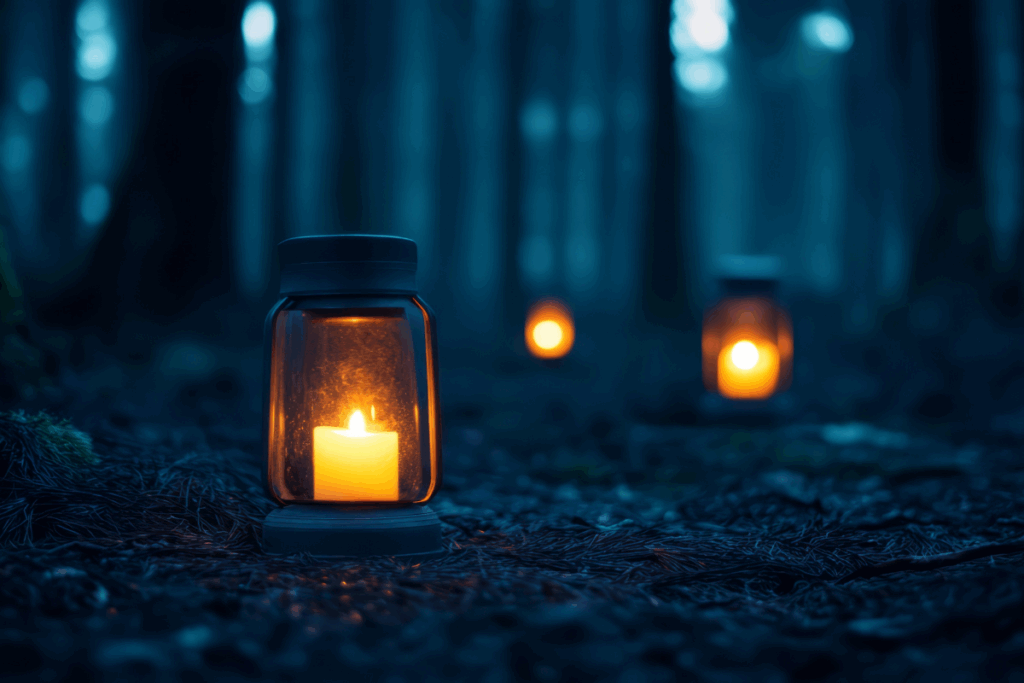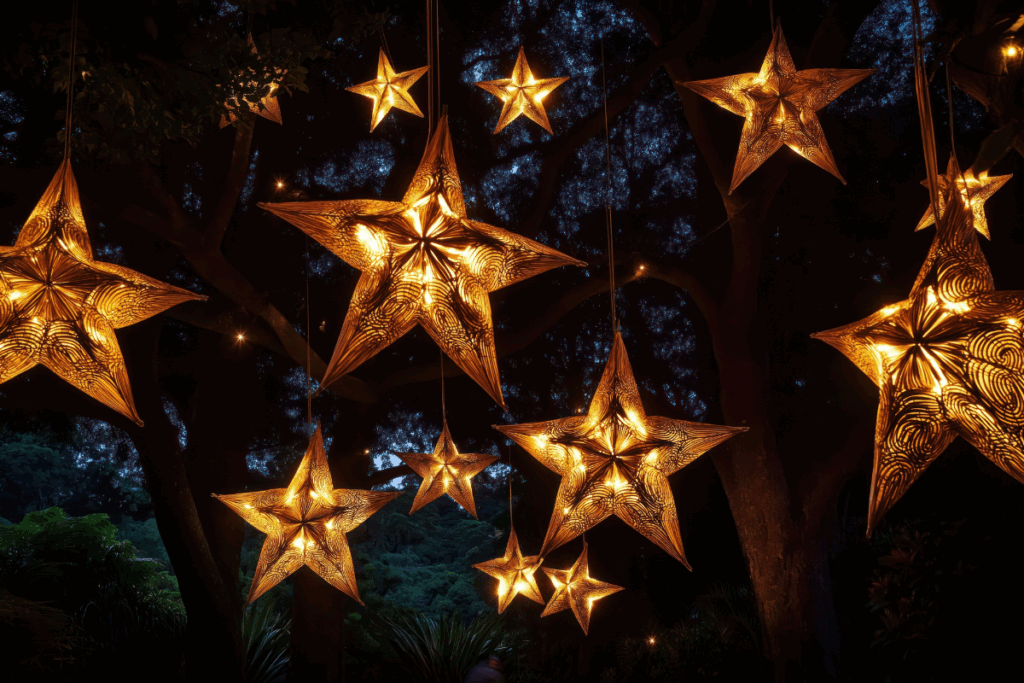6 min read
If you’ve recently moved to New Zealand, you may have heard about Matariki, but you might not yet know what it means or how it’s celebrated. That’s because Matariki is New Zealand’s newest public holiday, officially recognised in 2022, and its traditions are still evolving.
Unlike holidays with set dates, Matariki changes each year, based on the rising of the Matariki star cluster in midwinter. In 2025, Matariki falls on Friday, 20 June.
But Matariki isn’t just a holiday for Māori—it’s a celebration for all New Zealanders, offering a chance to reflect on the past, appreciate the present, and look forward to the future.
The Warmth of Matariki in the Heart of Winter
Matariki arrives during the darkest and coldest time of year, when the long nights invite us to slow down and gather indoors. It brings a feeling of comfort and connection, similar to winter traditions in the Northern Hemisphere, where Christmas and New Year’s celebrations are cosy, fire-lit occasions.
For many new arrivals from Canada, the US, and Europe, their first winter in New Zealand can feel strangely empty, as their instincts tell them “the holidays” should be approaching—but instead, June and July are just colder months with no major festivities. This adjustment can feel isolating, but Matariki offers an opportunity to create new, meaningful traditions, ones that can be passed down for generations.
What is Matariki?
Matariki is the Māori name for the Pleiades star (whetu) cluster, which appears in the early morning sky during midwinter. Traditionally, its arrival marked the start of the Māori New Year, a time for:
- Honouring those who have passed
- Celebrating the present with whānau (family)
- Setting intentions for the year ahead
Today, Matariki is embraced across New Zealand as a time of remembrance, renewal, and togetherness. The greeting for Matariki is “Mānawatia a Matariki!” which roughly translates to “Welcome Matariki!”
For new arrivals, Matariki holds special significance—it is a holiday that is uniquely tied to Aotearoa. While celebrating a new holiday may feel unfamiliar at first, participating in Matariki traditions is a wonderful way to build connections to this land and its people.
How Are Families Celebrating Matariki?
Because Matariki is still a new public holiday, many families are creating their own traditions. Some choose to do nothing, while others embrace it in ways that feel meaningful to them.
One of the most popular traditions emerging is gathering for a meal inspired by the nine stars of Matariki, each of which represents different elements of nature:
- Tupu-ā-nuku – Food from the earth (kūmara, potatoes, vegetables)
- Tupu-ā-rangi – Food from the sky (birds, berries, honey)
- Waitī – Freshwater foods (eel, fish, watercress)
- Waitā – Ocean foods (seafood, seaweed)
- Waipunarangi – Rain (soups, stews, anything nourishing)
- Ururangi – Wind (light, airy foods like popcorn or meringue)
- Pōhutukawa – Remembrance (a dish honouring loved ones who have passed)
- Hiwa-i-te-rangi – Wishes for the future (a celebratory dessert)
During these meals, families often share memories of the past year, honour loved ones who have passed, and express gratitude and hopes for the future.
If you’re looking for some local recipes to try out this year, have a look at some of my favourites:
- Dished by Kate – 43 of her best Matariki recipes. I highly recommend trying the Fall Apart, Crispy Slow-Roasted Pork Belly with Spiced Plums
- Dish magazine has a great collection. My personal fav here is the Kumara and Sauerkraut Rosti with Smoked Fish and Horseradish Cream.
- Woolworths online recipes are also great for Matariki ideas. The Coconut Fish Curry is soooo good it has become a regular dinner at our house.
Matariki For Kids
Younger children love to make star shaped ornaments to represent the 9 stars of the Matariki cluster. In Māori mythology, the stars are siblings, each with their own personality. There are many entertaining stories about each of the stars, and all the things they get into.

In addition to meals, schools often take part in Matariki celebrations.
Many schoolchildren make lanterns as class projects, and some schools host shared meals and bonfires, bringing students and families together in warmth and reflection.
A Holiday That Feels Familiar to Some
For newcomers from Canada and the US, Matariki may feel similar to Thanksgiving, with its themes of gratitude, reflection, and family gatherings. Some immigrants have even incorporated Thanksgiving-style traditions into their Matariki celebrations, blending old customs with new ones.
The Takeaway
Matariki is more than just a day off—it’s an opportunity to pause, reflect, and connect. Whether you choose to celebrate with a meal, a moment of remembrance, or simply by learning more about the holiday, Matariki is for everyone in New Zealand.
We are very lucky here in Aotearoa New Zealand to have holidays throughout the year that give us time to pause and reflect. You can find a complete list of all of our public holidays for this year and next here.
💡 Tip: If you’re new to Matariki, consider starting small—share a meal, reflect on the past year, or simply take a moment to look up at the stars.


